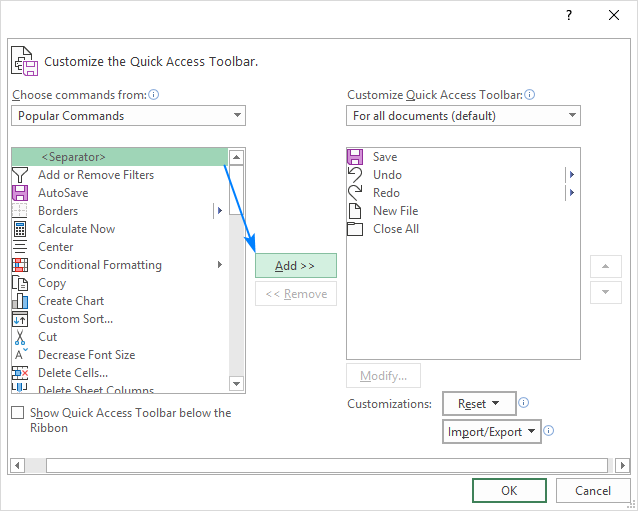
To modify the forecast by a specific amount, enter any value into the corresponding box and click + next to it. Used to adjust the Forecast by a specific value. Any adjustments affect the forecast periods within these two dates only. The start and end date display the first and last period of the forecast for the selected report.
Select which data series you would like to adjust in the currently selected report. The following table details what each feature means:
After creating a Standard report, click. This option will make your report interactive by allowing you to specify a series and a date range and apply different types of adjustment to the forecast. The Forecast Adjust button is available for Standard and DRP Standard reports only. The feature can be used with a Standard Report and any Forecasting method. You can access the Forecast Adjust feature from the ForecastX toolbar. This can be used in conjunction with the ForecastX Tutorial. It contains many example data sets to assist you with understanding the features included in the ForecastX. Open the Samples folder located in the directory where the ForecastX is installed. The Reapply Event feature is only available when the selected workbook contains a Standard report that uses the Event model forecast method and the Allow Reapply option is enabled in the Event model parameters. Enables you to modify the event flags in future periods and recalculate the forecast based in those new events, it is used as a "What If" analysis tool to see the impact of different events in the future. Used to reapply events when using the Event model forecast method without having to go to the data source and regenerate the report. You can compare the current period with historical periods using lags report. Used to save historical values to compare with the forecast line in the next periods. Available for Standard or Standard DRP reports only. Allows forecast relocation of converted lines without a unit forecast. Used to copy a report's Forecast to another location. This feature is similar to the Data Adjust feature inside the Forecast Method tab. Used to make adjustments to the forecasted values after they have been generated. For additional information see the On-Fly Rebalance section in the Group By Tab. On-Fly Rebalance is only enabled if the currently selected workbook contains a report that supports On the fly rebalancing. Used to rebalance the hierarchy of a group forecast after the report has been generated without the need to create a new report. Note: This feature is only available in ForecastX. This option can be used to perform the “What if” inventory analysis within the Adjusted Forecast and Safety Stock features. Used to recalculate DRP based on changes made to the forecast. This button is always enabled, and it is used to run the ForecastX. /find_toolbars-56a8f7775f9b58b7d0f6c4c4.gif)
The following table details what each feature means. The ForecastX toolbar appears in Microsoft Excel.
In the File Selection window, go to the location where you installed ForecastX. If the ForecastXToolbar Add-In is unavailable in the list, click Browse. 
For previous versions of Excel, go to Tools > Add-Ins.
Go back to the Excel Options Window, select Add-ins from the pane in the left, select Excel Add-ins from the menu next to Manage text, and click Go. In the Trusted Publishers tab, make sure the Trust all installed add- ins and templates option is enabled. For previous versions of Excel: Go to Tools > Macro > Security. Make sure the following checkboxes are disabled: Require Application Add-ins to be signed by Trusted Publisher and Disable all Application Add-ins. Click Trust Center in the left pane and click Trust Center Settings. Thereafter, select Wizard.Connect Friendly Name from the list, enable the checkbox next to it, and click OK. Note: If not, select Com Add-Ins from the Manage menu. 
Ensure ForecastX is listed under Active Application Add-ins.In the menu next to the Manage option, select Excel Add-ins and click Go.Select Add-ins from the left-hand pane.If you are using Microsoft Excel 2007, click on the top left corner and select Excel.Note: If you are using Microsoft Excel 2007, go to step 2. If you are using Microsoft Excel 2003 or previous versions, click Tools > Add-Ins from the Excel toolbar.Also, if ForecastX is displaying in Excel but none of the buttons work, and nothing happens when the toolbar buttons are clicked, you need to enable the COM add-in.

If you do not see the ForecastX on the toolbar, you may have to enable the ForecastX in Excel. To ensure that the ForecastX™ has been installed successfully, you can access ForecastX by going to Start > All Programs > Microsoft Office > Microsoft Office Excel.


/find_toolbars-56a8f7775f9b58b7d0f6c4c4.gif)





 0 kommentar(er)
0 kommentar(er)
